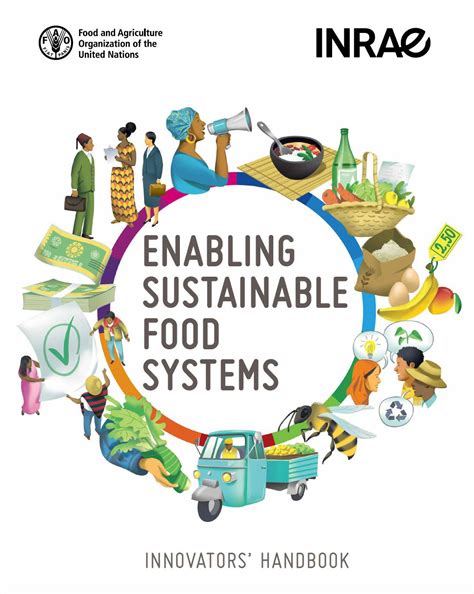As the world grapples with the dual challenges of food insecurity and resource depletion, sustainable food and resource conservation has emerged as a critical imperative for the 21st century. This article delves into the complexities of this issue, exploring the challenges, solutions, and transformative strategies that will shape our food systems and resource management practices in the years to come.

The Escalating Crisis
According to the United Nations, the world’s population is projected to reach 9.7 billion by 2050, putting immense pressure on our food and natural resource systems. The demand for food is expected to increase by 50-70% in the same period. Concurrently, climate change is exacerbating resource stresses, with rising temperatures, changing precipitation patterns, and more frequent extreme weather events affecting food production and distribution.
Challenges and Opportunities
The transition to sustainable food and resource conservation presents numerous challenges. These include:
- Inefficient food production: Over 30% of the food produced globally is lost or wasted, primarily due to inefficiencies in harvesting, storage, and distribution.
- Deforestation and land degradation: Agriculture is a major driver of deforestation, contributing to soil erosion, water scarcity, and biodiversity loss.
- Overfishing and marine pollution: Overfishing and unsustainable fishing practices are depleting fish stocks and damaging marine ecosystems.
- Water scarcity and pollution: Agriculture is the largest consumer of freshwater, accounting for over 70% of global withdrawals. Additionally, agricultural runoff pollutes water sources with fertilizers and pesticides.
Solutions and Innovations
Despite these challenges, a range of innovative solutions can help us achieve sustainable food and resource conservation. These include:
- Precision agriculture: Using sensors and data analytics to optimize crop yields, reduce chemical inputs, and minimize waste.
- Agroecology: A sustainable farming approach that mimics natural ecosystems, promoting biodiversity and reducing reliance on synthetic fertilizers and pesticides.
- Circular agriculture: Creating closed-loop systems where food waste and byproducts are recycled back into the food chain as animal feed, biofuels, or fertilizers.
- Sustainable aquaculture: Developing innovative and environmentally sustainable methods of fish farming to supplement wild fisheries.
Transformative Strategies
To achieve meaningful progress towards sustainable food and resource conservation, we need transformative strategies that address both the supply and demand sides of the food system. These include:
- Policy reforms: Governments can implement policies that incentivize sustainable practices, reduce food waste, and promote land conservation.
- Consumer education: Empowering consumers to make informed choices about food and resource consumption can drive market demand for sustainable products.
- Collaboration and partnerships: Collaboration between governments, businesses, and civil society organizations is essential for scaling up sustainable solutions and addressing systemic challenges.
- Investment in research and development: Continued investment in research is crucial for developing new technologies, practices, and policies that can enhance sustainability.
Sustainability Highlights and Standing Out
In the pursuit of sustainable food and resource conservation, several initiatives are showcasing innovative and impactful practices:
- Vertical farming: Vertical farms use controlled environments to grow crops indoors, maximizing space and reducing water consumption.
- Biodegradable packaging: Companies are developing eco-friendly packaging materials that can decompose naturally, reducing plastic waste.
- Food sharing apps: These apps connect people with surplus food with those in need, reducing food waste and feeding vulnerable populations.
Conclusion
Sustainable food and resource conservation is an urgent and critical challenge facing our planet. By embracing innovative solutions, transformative strategies, and collaborative efforts, we can safeguard our food systems, conserve our natural resources, and ensure a sustainable future for generations to come. It is through the collective efforts of governments, businesses, consumers, and civil society organizations that we can create a truly sustainable food and resource-secure world.





















